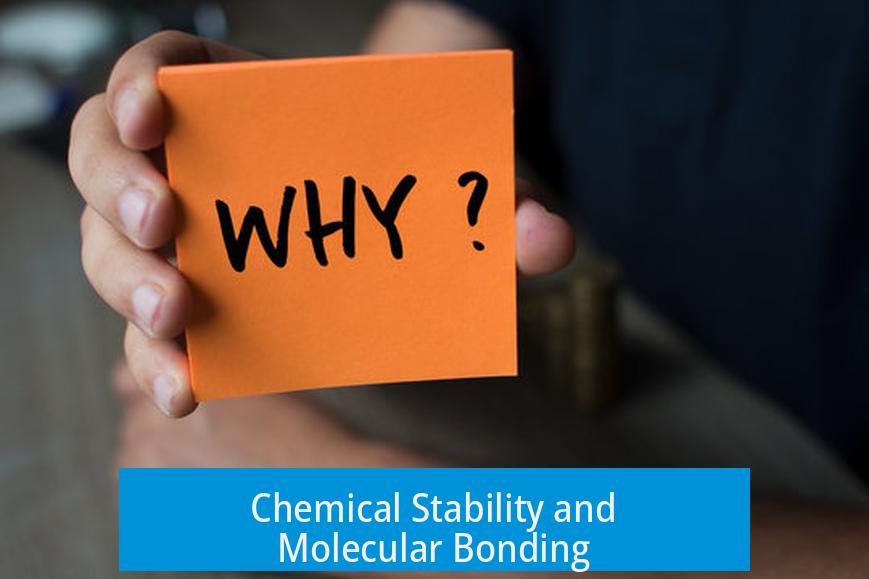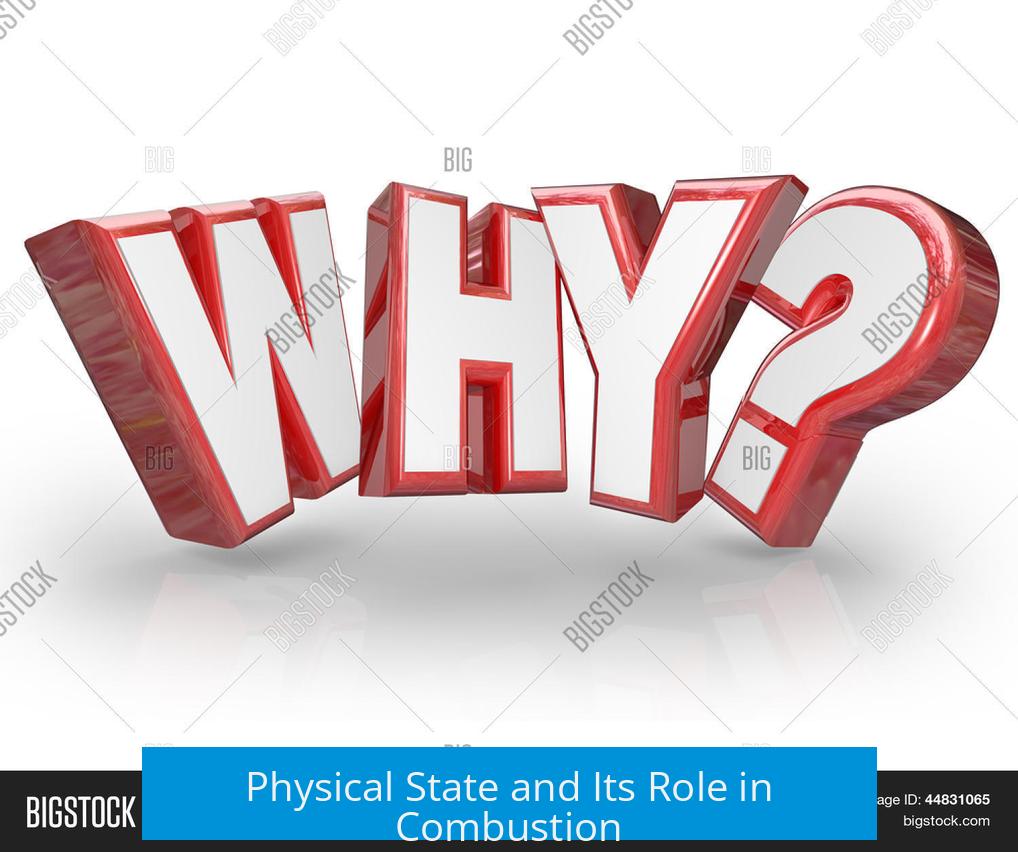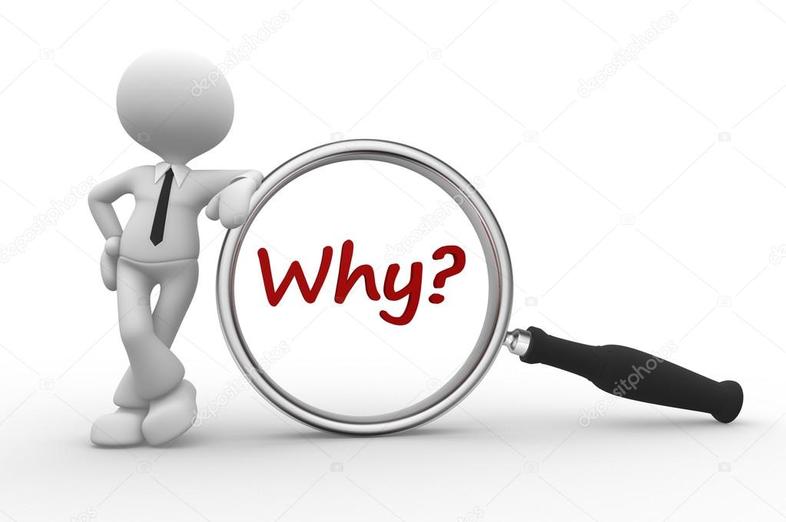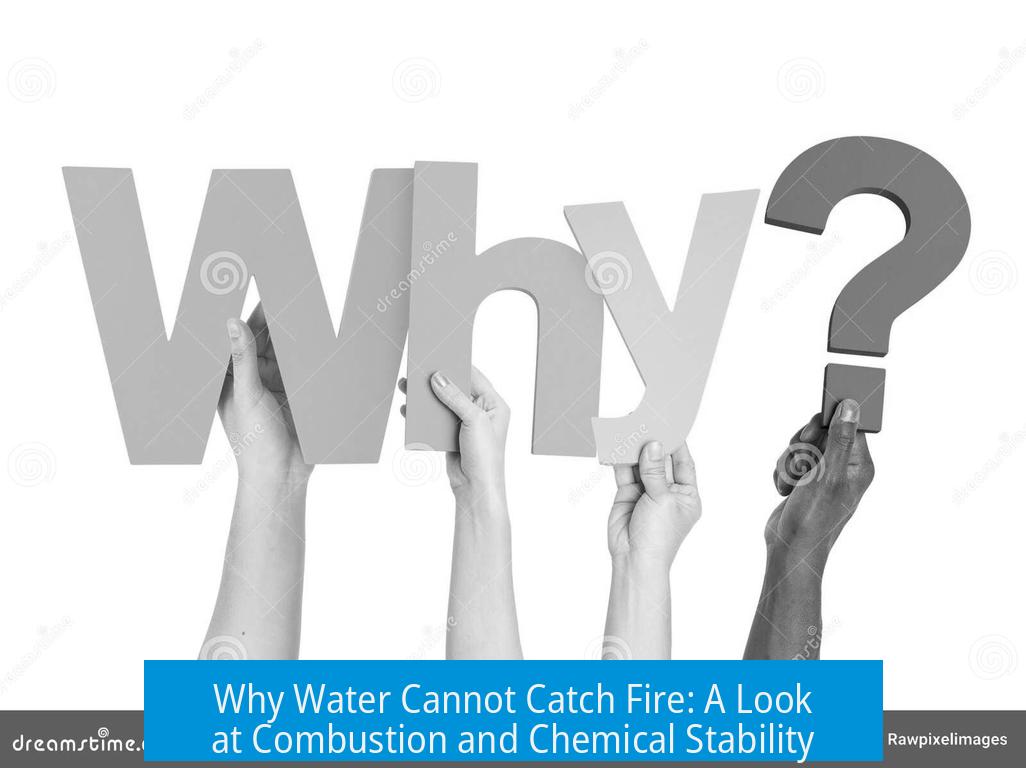Why Isn’t Water Flammable?
Water is not flammable because it is the stable end product of hydrogen combustion, consisting of hydrogen and oxygen atoms bound in a low-energy, chemically stable form that no longer supports burning or combines further with oxygen to release energy.
Understanding Burning and Combustion

Burning is a chemical process where a substance reacts violently with oxygen. This reaction releases energy because the original substance is unstable and becomes more stable when combined with oxygen. Combustion typically involves fuel, oxygen, and heat.
In many common cases, fuels contain carbon, which reacts with oxygen to form carbon dioxide, or hydrogen reacts to form water. Both CO2 and H2O are highly stable molecules and considered the “ashes” or end products of burning.
What Does It Mean to Burn?
- Burning involves rapid oxidation.
- Stable molecules do not burn because they are already fully oxidized.
- The process releases stored chemical energy by forming new, more stable bonds.
Water as the Ultimate Product of Combustion
Water forms when hydrogen gas (H2) burns in oxygen (O2). The hydrogen atoms combine with oxygen atoms, releasing significant heat and forming H2O molecules. This newly formed molecule is very stable.
Because water consists of hydrogen and oxygen atoms tightly bonded, it cannot combine with oxygen further to release more energy. To burn, a substance must chemically react in a way that produces a more stable product. Water already represents this stable state.
Thus, water is often called the “ash” or residue of burning hydrogen — the final oxidized form.
Key Points About Water and Combustion
| Aspect | Explanation |
|---|---|
| Water Composition | Two hydrogen atoms bonded to one oxygen atom (H2O) |
| Energy State | Low chemical potential energy; very stable |
| Burning Status | Cannot burn further; already fully oxidized |
| Combustion Product | End product of hydrogen combustion |
Chemical Stability and Molecular Bonding

The stability of water lies in its molecular structure. Hydrogen and oxygen atoms share electrons to form strong covalent bonds, satisfying their valence shells. This reduces the tendency to react further.
Individual hydrogen gas is combustible, and oxygen supports combustion. But when bonded into water, these properties disappear. Water molecules are stable and do not easily release energy by reacting further.
This formation releases energy during combustion (hydrogen burning), but once water exists, breaking its bonds requires high energy input. Natural burning won’t supply it.
Energy and Stability in Water:
- Water molecules represent a low-energy state.
- Breaking water into hydrogen and oxygen requires significant energy.
- Stable bonds mean no further combustion without extra intervention.
Difference Between Gaseous Mixtures and Chemical Compounds
Mixing hydrogen gas and oxygen gas creates a combustible mixture. This is due to the presence of separate molecules that react to form water and release energy explosively.
In contrast, water is a compound where hydrogen and oxygen atoms are chemically bonded — it does not readily react with oxygen to burn.
The critical difference is whether the hydrogen and oxygen are combined as separate molecules or chemically bonded as water molecules.
- Hydrogen + Oxygen (gases) = Easily combustible mixture.
- Water (H2O molecule) = Stable compound, non-flammable.
Energy Considerations in Combustion
The driving force for combustion is the release of energy when less stable molecules react to form more stable products. Water is already among the most stable molecules formed by hydrogen and oxygen.
Water’s low chemical potential energy means it will not release energy by reacting further. Igniting water requires energy input to break its bonds, such as through electrolysis, which consumes energy rather than releasing it.
Thermodynamic data confirm that water sits at a lower energy state than either hydrogen or oxygen gases, explaining why water does not combust naturally.
Physical State and Its Role in Combustion

Burning typically involves gaseous or vaporized fuels. Liquid or solid substances must vaporize to burn. Water, existing as a liquid under normal conditions, does not vaporize into a flammable form.
Water vapor itself does not burn because it is the molecular compound of hydrogen and oxygen bonded in a stable way. Igniting water vapor would require energy to dissociate these molecules first.
Special devices like hydroflux water welders use electric currents and catalysts to separate water into combustible gases, but this is an energy-consuming process, not combustion of water itself.
Combustion Requirements and Water’s Nature
Combustion requires a fuel that can oxidize, a source of oxygen, and sufficient ignition energy. Carbon-based fuels readily oxidize to form carbon dioxide and release energy.
Water lacks a combustible fuel component — it is the product of oxidation rather than the source. Consequently, it cannot act as a fuel to burn.
Common Combustion Reaction
- Fuel + Oxygen → Oxidized product + Energy
- Example: Carbon + Oxygen → Carbon dioxide + Energy
- Water already is the oxidized product for hydrogen fuel
Exceptions and Reactive Scenarios
Though water itself is stable and non-flammable, in some chemical contexts, it can react violently. For example, chlorine trifluoride (ClF3) oxidizes water, releasing oxygen and forming other compounds.
These reactions are not combustion of water. Rather, water behaves as a reactant undergoing oxidation. Such cases are exceptions under highly reactive conditions and are not typical burning.
Comparative Chemistry Illustrations

Comparing water to other stable compounds clarifies its non-flammable nature. For instance, sodium metal reacts explosively with water but sodium chloride (table salt) does not burn or react due to stable ionic bonding.
This stability reduces reactivity and prevents combustion. Similarly, water’s covalent bonds remove combustibility.
Summary of Why Water Is Not Flammable
- Water forms from hydrogen burning, making it the final, stable product.
- Its atoms are chemically bonded into a stable molecule with low energy.
- It does not contain a fuel to oxidize further or release energy.
- Water molecules do not further react with oxygen under normal conditions.
- Breaking water into combustible elements requires energy input, not combustion.
- Water, whether liquid or vapor, remains non-flammable due to molecular stability.
- Exceptions exist only under extreme chemical reactions, not typical flame burning.
Key Takeaways
- Water is the stable end product of hydrogen combustion and cannot burn.
- Its chemical bonds create low energy, stable molecules.
- Burning requires fuel; water has none to oxidize further.
- Water vapor, like liquid water, does not ignite under normal conditions.
- Special chemicals can react with water, but this is not combustion.
Why Isn’t Water Flammable?
Water isn’t flammable because it is already the product of combustion; it’s what you get after hydrogen burns and bonds with oxygen, forming a very stable, low-energy compound. In other words, water is hydrogen and oxygen “burnt” together. Because it’s already oxidized, it can’t catch fire or burn further.
Let’s break this down to see why this isn’t just a science lesson but something you can actually grasp—and maybe even impress your friends with at your next trivia night.
1. What Does Burning Really Mean?

Burning means violently combining with oxygen. When a substance burns, it reacts chemically with oxygen to create more stable compounds, usually releasing heat and light. It’s the classic chemical tango between an unstable ingredient and oxygen’s stabilizing embrace.
Things burn because they want to become more stable. Burning isn’t just about flames and smoke; it’s about atoms seeking peace. The reaction shifts atoms into more stable configurations, usually producing water (H2O) and carbon dioxide (CO2), both very peaceful molecules.
2. Water: The End Result of a Fiery Affair
Think of water as the “ash” of hydrogen. When hydrogen gas combusts with oxygen, it forms water—a stable compound that doesn’t want to combust anymore. In fact, for water to burn, it would need to combine with even more oxygen, which doesn’t make it more stable. Instead, that would produce odd compounds like peroxides, which don’t spontaneously form under normal conditions.
So, water is hydrogen’s way of saying, “I’m done.” This is why water can’t burn—it’s already “burnt.” The energy release has happened, and the atoms are now bound tightly in low-energy arrangements.
3. Chemical Stability: The Atomic Lockdown
Water is made of hydrogen and oxygen atoms tightly bound into a molecule. Hydrogen is flammable, oxygen helps burn things, but when combined into water, both lose their fiery natures. It’s a bit like mixing two rowdy kids who calm each other down immediately upon meeting.
This balance happens because atoms want to fill their valence shells—the outer electron shells—with the right number of electrons. When hydrogen bonds with oxygen, the resulting water molecule satisfies this demand perfectly. The bond formed releases energy (remember, burning hydrogen releases heat), and once made, water’s bond is stable and low in energy. Breaking it requires a huge energy cram session.
4. Molecules vs. Mixtures: Why Chemistry Matters
Here’s a fun fact: Mixing hydrogen gas and oxygen gas is explosive—think about the famous Hindenburg disaster. But when those same gases combine chemically to form water molecules, the result is stable and calm. Remember, mixtures are just physically mixed substances, while molecules are atoms chemically bonded.
A mixture of hydrogen and oxygen can suddenly erupt into flames if sparked, rearranging into water molecules and releasing heat. That’s combustion. Water itself, though, is stable. It’s the final product; no energetic fireworks left.
5. Energy: The Fuel or the Roadblock
Every molecule harbors chemical potential energy. Water’s energy level is low—hence its stability and poor reactivity. It’s like a heavy anvil sitting on the floor, not going anywhere unless something really powerful moves it.
If you want water to “burn,” you need to break its strong bonds first—a costly energy input, often done via electrolysis, where water splits back into hydrogen and oxygen. This process requires electricity or intense heat, which aren’t practical for casual combustion.
6. Exceptions and Special Cases: Not Always So Simple
Is water always completely unreactive? Not exactly. Certain exotic chemicals like chlorine trifluoride (ClF3) violently react with water, ripping it apart and releasing reactive, dangerous byproducts like oxygen difluoride (OF2) and hydrogen halides. But this isn’t traditional burning—it’s a special chemical reaction where water acts more like a fuel in a chemistry class gone wild.
So, water can react under rare and extreme conditions, but regular flames won’t set it alight.
7. Physical State and Combustion: Gases Need to Play
Here’s a lesser-known rule: To burn, something usually needs to be a gas. Flames happen when gases react quickly with oxygen. Liquids and solids don’t burn directly; they usually vaporize first. Gasoline, for example, burns because it vaporizes easily and then combusts.
Water boils at a higher temperature and doesn’t generate flammable vapors easily. Sure, water vapor exists, but it doesn’t burn—it’s already too stable chemically. You’d need to break water molecules apart first before any combustion could happen, which requires a lot of energy.
8. Chemistry Lessons from Table Salt
Consider sodium, a metal that aggressively burns in water, and chlorine, a toxic gas. When combined, they form table salt (NaCl), which neither burns nor is toxic in typical amounts. Why? Chemical bonding stabilizes their reactivity. Sodium gives up electrons to chlorine, and both then achieve full valence shells, resulting in a stable product.
This is like two hyperactive people settling down after meeting the right partner. It shows that bonding can turn dangerous ingredients into benign substances. Water follows the same script for hydrogen and oxygen.
9. Combustion’s Basic Ingredients
For combustion, you need:
- A fuel (usually carbon-based)
- Oxygen
- A heat source
Water doesn’t tick the fuel box because it contains no carbon, and in its current form, has no readily releasable energy for burning. Without fuel, no flame—no matter how much oxygen or heat is around.
Interestingly, if you toss a lit cigarette into jet fuel, it might just go out rather than ignite an explosion because not enough heat is supplied to vaporize and combust the fuel effectively. But with water, even heat won’t ignite it.
10. So, Why Isn’t Water Flammable? The Bottom Line
Water is essentially the “ashes” of burnt hydrogen. It’s a compound where hydrogen and oxygen have already done the fiery dance and settled into a calm partnership, resulting in a stable molecule with very low chemical energy.
Because of this stability, water does not burn, support combustion, or explode. It’s the happy ending of one type of chemical reaction, not the beginning of another.
Far from a silly question, asking why water isn’t flammable opens the door to exploring chemistry’s basics—the balancing act of atomic bonding, energy changes, and the nature of burning.
So the next time you splash water on a fire, remember: it’s not just dousing flames—it’s calm, stable water molecules soaking up heat because they’ve already been through the blaze and come out peacefully bonded.
Final Fun Fact
If you ever wanted to harness water’s “combustion potential,” you’d have to break it down into hydrogen and oxygen first—something electrolysis devices do using electricity. The hydrogen gas produced can then burn spectacularly. But the water itself? Its flammable days are over.
Why can’t water burn like hydrogen if it contains hydrogen?
Water is already formed when hydrogen burns. It’s the stable result after hydrogen combines with oxygen. Because of this, water is fully oxidized and can’t burn further.
What makes water chemically stable and not flammable?
Hydrogen and oxygen atoms in water are tightly bonded, creating a low-energy, stable molecule. This stable bond means water does not react easily or release energy like combustible materials.
Could water burn if it reacted with a different oxidizer?
In special cases, water can react with powerful oxidizers like chlorine trifluoride, but this is not typical burning. These reactions produce other compounds and release energy differently.
Is water vapor flammable?
Water vapor itself does not burn. To make water flammable, its molecules must break apart into hydrogen and oxygen first, which requires a large energy input, like electrolysis.
Why do hydrogen and oxygen gases explode but water doesn’t?
Separate hydrogen and oxygen gases are reactive and can combine explosively. Water is a stable compound of these elements, so it won’t react or explode under normal conditions.





Leave a Comment